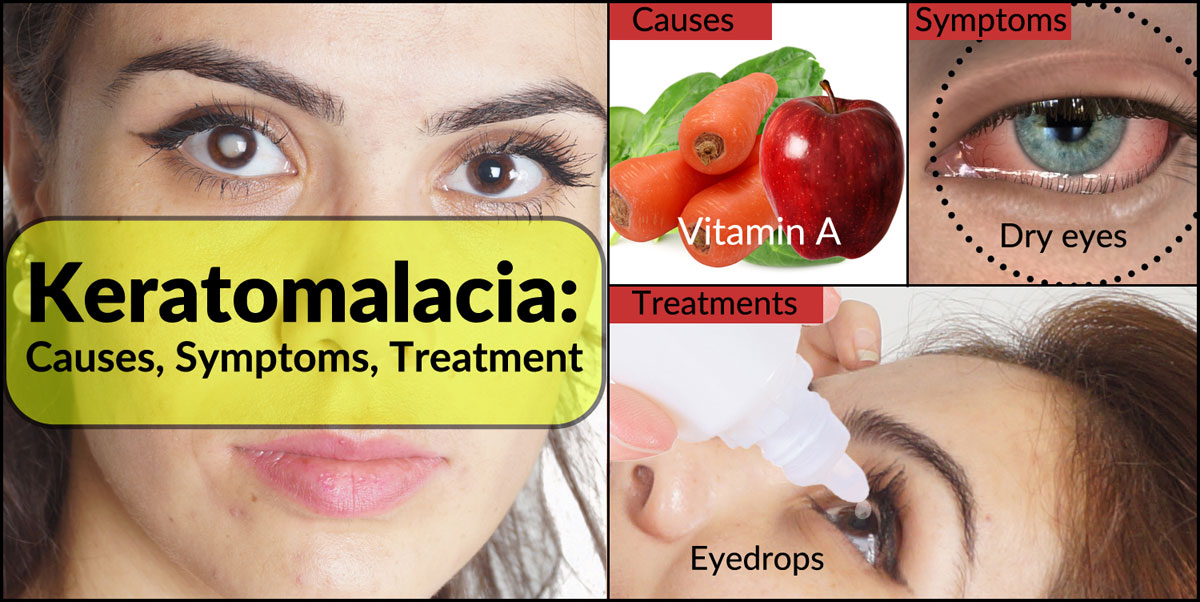What Is Keratomalacia?
Keratomalacia is a pathological condition of the eyes, which is caused as a result of deficiency of vitamin A. This disease causes scarring of the cornea and fibrotic deformity of the eyeballs. The role of vitamin A for the eyes is to maintain structures like cornea and conjunctiva. In Keratomalacia, there may be insufficient absorption or inadequate metabolism of vitamin A resulting in the defects. The cornea tends to become thin and soft so much so that it may get ulcerated.
What Are The Causes Of Keratomalacia?
The root cause of Keratomalacia as stated is vitamin A deficiency. This disease is found in abundance in the Southern and Eastern part of Asia where people eat rice in abundance. Moreover, children are at a higher risk as naturally they have low vitamin A. The diet intake of an individual plays a major part in the development of Keratomalacia as a diet poor in vitamin A increase the risk of developing this disease. Keratomalacia can also be caused due to starvation or malnutrition. Systemic disorders like measles, pneumonia, or chronic diarrhea can also cause Keratomalacia.
What Are The Symptoms Of Keratomalacia?
Symptoms Of Keratomalacia Include:
- Night blindness
- Dry eyes
- Presence of corneal ulcers.
How Is Keratomalacia Diagnosed?
Blood tests can be done to find out the markers which may suggest vitamin A deficiency such as plasma retinol and retinol binding proteins which are significantly suppressed in vitamin A deficiency. Iron and zinc levels may also be abnormal. Electroretinography or study of the retina can also confirm the presence of Keratomalacia in an individual.
What Are The Treatments For Keratomalacia?
Treatment for Keratomalacia is usually quite aggressive. The dry eyes are treated with sufficient lubrication of the eyes with eye drops or ointments. In some cases, topical antibiotics may be given to prevent keratitis. In some cases where the cornea gets significantly ulcerated keratoplasty procedure may be taken into consideration but it depends on the extent of the damage to the cornea. This procedure has had limited success rate thus far but as researchers are improving the efficacy of this procedure it may pretty well turn out to be an effective treatment for Keratomalacia in the future.
Apart from addressing the ocular complications, the physician may advise a diet which is rich in vitamin A. Vitamin A supplements may also be given, although it is contraindicated in pregnant females.
- National Institutes of Health. “Keratomalacia.” https://medlineplus.gov/ency/article/001036.htm
- Cleveland Clinic. “Keratomalacia.” https://my.clevelandclinic.org/health/diseases/17854-keratomalacia
- British Journal of Ophthalmology. “Ocular Manifestations of Vitamin A Deficiency: A Clinical Review.” https://bjo.bmj.com/content/89/5/602
- Mayo Clinic. “Vitamin A (Retinol).” https://www.mayoclinic.org/drugs-supplements-vitamin-a/art-20365945


